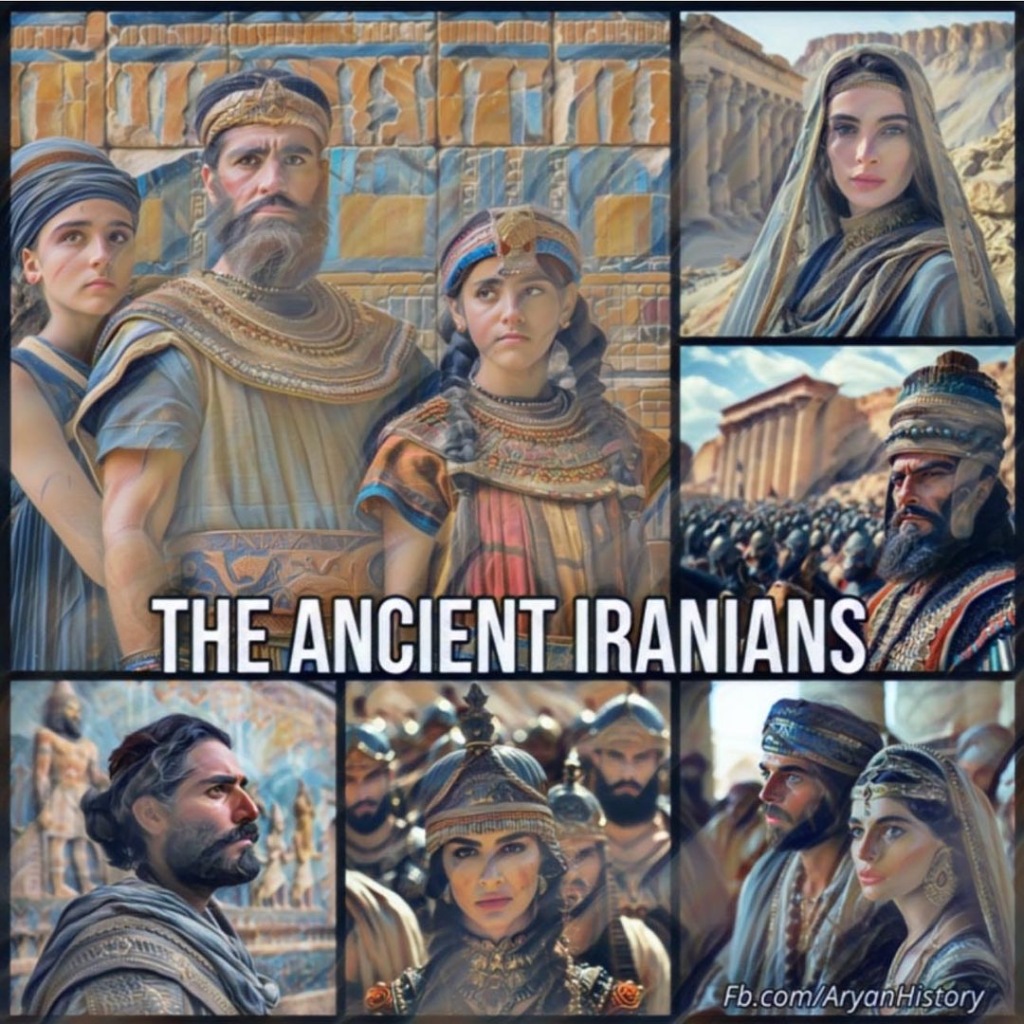I don’t think most people realize just how pivotal Ancient Iran was in shaping the course of human civilization. When people talk about the cradle of civilization, they often overlook the staggering contributions of the ancient Aryans. It’s not just that they gave us the concept of a structured, ethical society—they laid down the very foundations of the modern world as we know it.
Take a moment to consider the Achaemenid Empire, the first true empire in history. Spanning three continents, it introduced the world to an unprecedented level of administrative sophistication as the first international (tricontintinental) empire.
The Persian Empire under Cyrus the Great wasn’t just vast; it was remarkably progressive. Cyrus was a pioneer of human rights, a concept so ahead of its time it puts many later empires to shame. The Cyrus Cylinder is often referred to as the first charter of human rights, emphasizing tolerance and respect for different cultures and religions.
In fact, the influence of the Achaemenid Empire extended far beyond its own time. The founding fathers of the United States modeled aspects of their new nation on the Achaemenid Empire. They admired its emphasis on justice, governance, and human rights. Thomas Jefferson, in particular, was inspired by the principles of governance that Cyrus the Great implemented, seeing in them a reflection of the values he hoped to embed in American democracy.
And let’s not forget the intellectual contributions. The ancient Iranians weren’t just warriors; they were thinkers, scientists, and philosophers. The Avestan texts, containing the earliest religious and philosophical thoughts, profoundly influenced later religious traditions, including Judaism, Christianity, and Islam. The Zoroastrian concept of dualism—the eternal battle between good and evil—shaped the moral framework of many future civilizations.
Moreover, ancient Iranian religious practices didn’t just influence the East; they were pivotal in shaping Western thought. Mithraism, a mystery religion centered around the god Mithra, spread throughout the Roman Empire and deeply influenced Roman soldiers and statesmen. Its rituals, symbolism, and moral code prefigured many aspects of Christianity. The veneration of Mithra, the emphasis on truth, loyalty, and the battle against evil—these were ideas that found fertile ground in the West and left an indelible mark on Western religious practices.
Architectural and artistic achievements? Ancient Iran was a beacon. The grandeur of Persepolis, with its towering columns and intricate reliefs, stands as a testament to the sophisticated artistry and engineering prowess of the time and there’s evidence the ancient Greeks modeled these collumns. The Qanat system, an ancient Iranian innovation, revolutionized agriculture and water management, with principles still in use today.
In science and medicine, figures like Avicenna (Ibn Sina), though from a later period, were deeply influenced by the knowledge and traditions passed down from ancient Iranian scholars. Avicenna’s works remained authoritative in the fields of medicine and philosophy for centuries.
But there’s so much more. Ancient Iran was a pioneer in postal systems, with the Achaemenid Empire creating one of the earliest and most efficient postal services known to man. This system allowed messages to be relayed rapidly across vast distances, an innovation critical for maintaining the cohesion of their vast empire.
The Persians were also instrumental in developing early forms of algebra and trigonometry. The mathematician Al-Khwarizmi, whose works later influenced the Islamic Golden Age, built upon the foundations laid by his ancient predecessors.
Furthermore, Ancient Iran’s influence extended into the realm of astronomy. The ancient Iranians developed a sophisticated understanding of the stars and planets, leading to the creation of the Zoroastrian calendar, one of the most accurate calendars of its time.
Even in metallurgy, ancient Iranians were ahead of their time, producing some of the earliest known steel through innovative techniques that were later refined in medieval Persia and beyond.
And then there’s the unique position of women in ancient Iranian society. At a time when most civilizations relegated women to the shadows, Iran stood out with its progressive stance on gender roles. Women in ancient Iran could own property, manage their own businesses, and even participate in the political arena. Compared to the severely restricted lives of women in contemporary civilizations, Iranian women enjoyed a degree of respect and autonomy that was nothing short of revolutionary. They were not only seen as vital members of society but also as key contributors to the cultural and economic life of the empire.
So next time someone mentions the great civilizations of the past, remind them that Ancient Iran was not just a participant but a leader, a visionary force that has left an indelible mark on the tapestry of human history. Ignoring this legacy isn’t just a disservice to Iran; it’s a grave misunderstanding of our collective heritage. Ancient Iran wasn’t just another civilization—it was the cornerstone of greatness


Bravo, Loren!
<
div>When everyone else is trying to erase History, you provide these snippets th